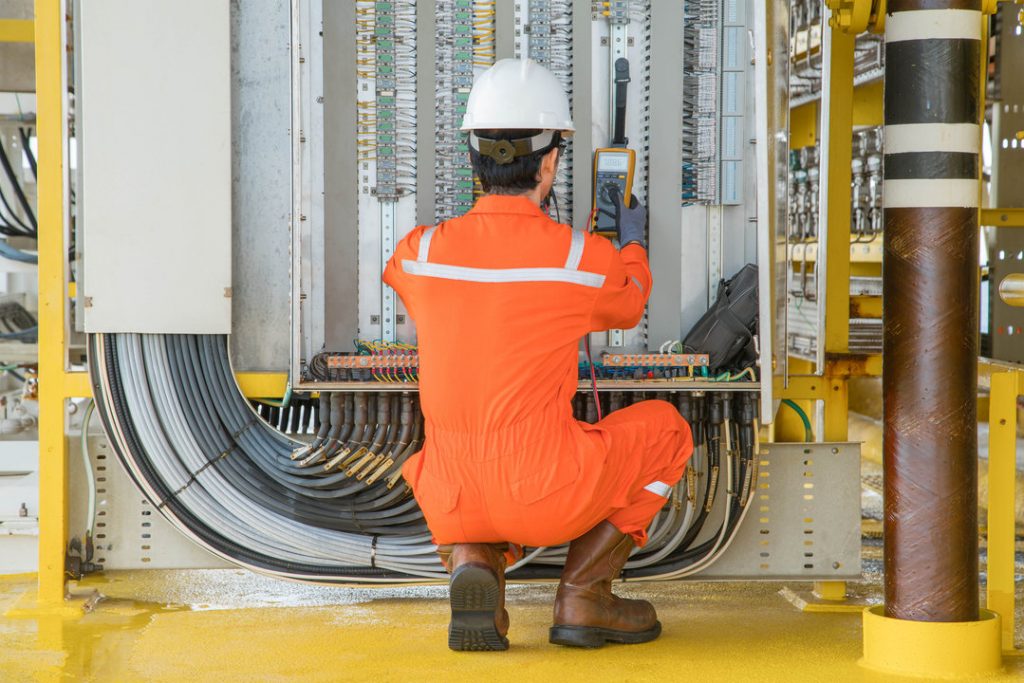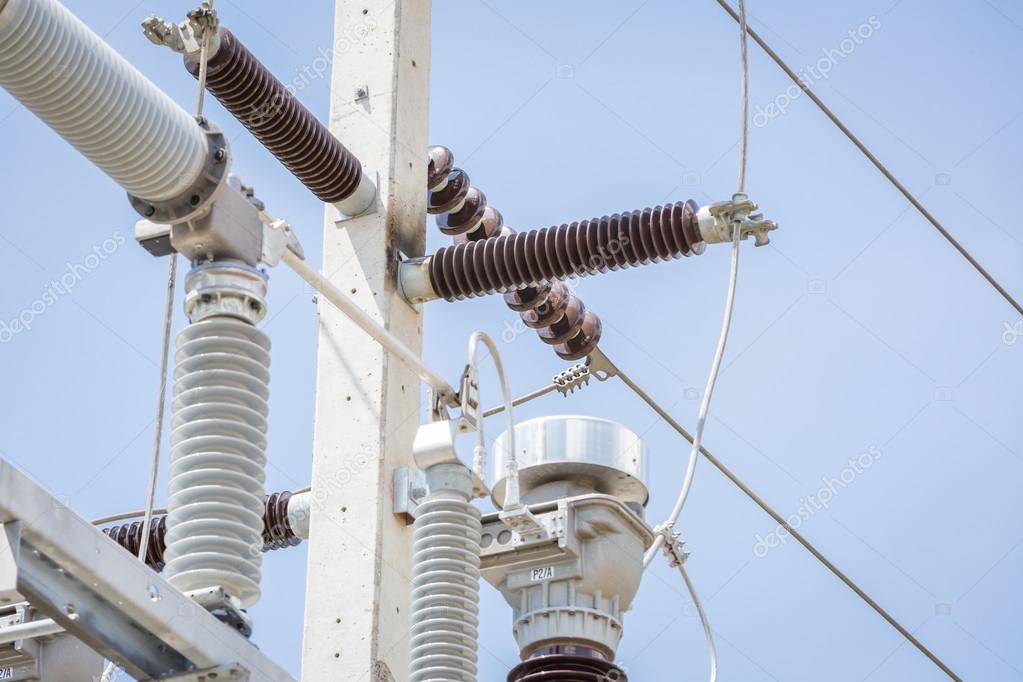Summary
– What is a voltage regulator?
– Using a voltage regulator
An electrical voltage regulator is a safety device connected to electrical equipment to protect it from undervoltage and overvoltage.
What is an electrical voltage regulator?
Principle
A voltage regulator (also called an inverter or stabilizer) is a protective device for so-called sensitive electrical equipment. Its primary function is to regulate the supply voltage which, by a peak or a drop, could damage the device.
Voltage regulators are connected to the domestic mains and consist of a battery that absorbs voltage fluctuations. Like a buffer tank, the battery provides the appliance with a constant linear power supply.
Inverters differ according to their technology, the stability of the delivered voltage, and the time (measured in milliseconds) of the micro-break in the relay of the power supply (switching time). Interference is filtered out by an electronic system.
Good to know: Electrical voltage fluctuations shorten the service life of electrical devices that are not protected by a voltage regulator (damage to electronic components leads to premature failure).
Main characteristic: Power

Power is the main characteristic of the stabilizers, as it is relative to the connected devices and determines the length of time the device, in the event of a power failure, can be powered by the battery. Power is measured in volts amperes (VA) or kilo volts amperes (kVA). The power of the stabilizer is determined by multiplying the power consumption of the connected device by 1.6.
Note: the higher the value, the longer the unit will operate. Voltage regulators are not to be confused with voltage converters, which are used to convert a voltage.
Using a voltage regulator
The different types
The electrical equipment being varied, the inverters are presented under three types: off-line, on-line and in-line inverters.
The off-line inverters are suitable for the protection of office automation (maximum power 1 kVA, switching time about 5 ms).
On-line inverters protect the most sensitive devices and are suitable for the protection of computer servers, medical devices, etc. (power more than 5 kVA, switching time zero).
In-line inverters regulate the input voltage and are especially suitable for unstable voltage networks: their field of use is wider and make them stabilizers mainly used in countries where the quality of electricity distribution is poor (power from 0.5 to 5 kVA, switching time of 2 ms).
Note: the direct current from the battery is transformed into alternating current before being returned to the connected device.
Price and distribution
Voltage regulators can be found in professional and consumer DIY stores, at electronics and industrial electrical protection retailers and on the Internet.
The price depends on the technology and power. Count:
– approx. $200 for a $900 VA off-line inverter for computer protection;
– from $600 to $2,000 for an on-line UPS from 1,000 to 10,000 VA for the protection of critical applications (telephony server, security system, etc.).
Thank you for reading our posts. Hope the above gave you a better picture of your electrical installation needs. Note that an electrical voltage regulator should be installed only by a professional electrician. This is no easy job for DIY enthusiasts. Should you be looking for an expert, please jot down your comments below. We’ll soon reply to you back. Stay abreast of our regular new postings on this blog. We will soon cover topics on the main elements of the electrical panel such as Load shedder, Differential circuit breaker, Electric meter, Differential switch, Lightning Surge Protective Device, and other electrical protection elements such as Electrical transformer, and an Isolation transformer.

